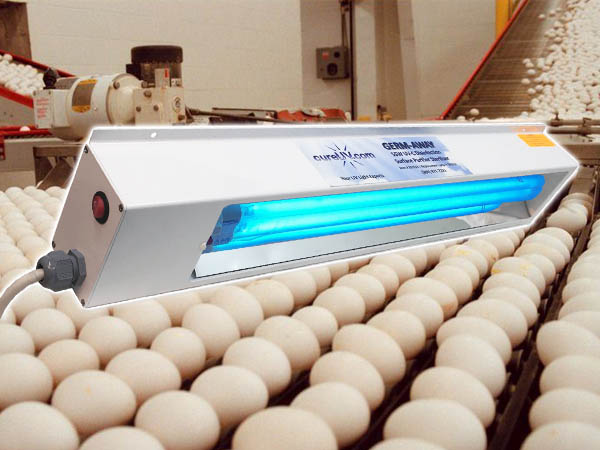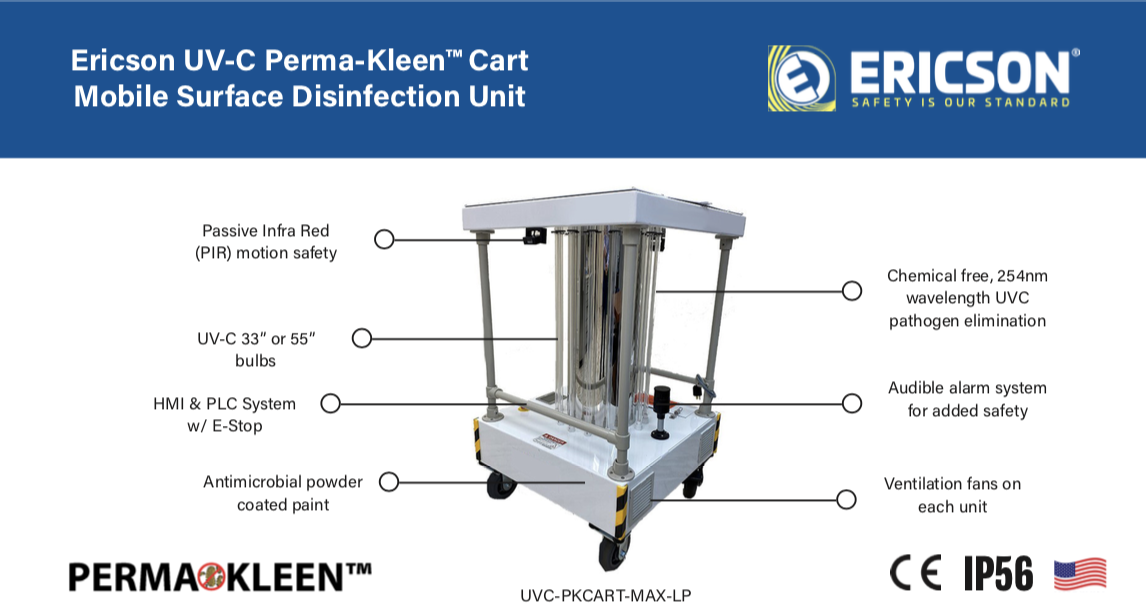Discovering the Benefits of Far UVC Light: Revolutionizing Indoor Air Top Quality
One such solution that has gained interest is Far UVC light. Just how specifically does Far UVC light work? In this discussion, we will certainly discover the fascinating world of Far UVC light and uncover its possibility in transforming the method we safeguard our indoor atmospheres.
Just How Far UVC Light Works
Much UVC easy work by emitting short-wavelength ultraviolet light that has the capability to permeate and suspend microbes. Unlike standard UV light, which can be hazardous to human skin and eyes, much UVC light has a much shorter wavelength that is absorbed by the outer layers of human skin, avoiding it from reaching the underlying living cells. This makes it a safe and effective choice for continual disinfection in busy rooms.
When far UVC light is emitted, it connects with the DNA and RNA of bacteria, including viruses and bacteria, interrupting their capability to replicate and creating them to end up being non-active. The high power of the short-wavelength light problems the molecular structure of the hereditary product, protecting against the microbes from spreading out and recreating.

Moreover, much UVC light can be quickly integrated right into existing lights fixtures, making it an affordable service for a large range of applications, consisting of healthcare facilities, schools, offices, and public transportation. Its capability to continually disinfect busy spaces without presenting a threat to human health makes far UVC light an encouraging innovation in the area of interior air quality administration.
Much UVC Light's Effect on Airborne Pathogens
The impact of far UVC light on air-borne virus is significant in lowering the transmission of contagious diseases and enhancing interior air top quality. Far UVC light describes a certain series of ultraviolet light that has a wavelength between 207 and 222 nanometers. Unlike standard UVC light, which is harmful to human skin and eyes, far UVC light has been discovered to be secure for humans while still being efficient against pathogens.
Studies have shown that far UVC light has the ability to inactivate a variety of airborne viruses, including the flu virus and the coronavirus (far-uvc). These microorganisms are transmitted through breathing droplets, and by utilizing far UVC light, it is feasible to decrease their practicality and prevent their spread
One of the key benefits of using much UVC light is its capability to reach all areas of an area. Unlike other sanitation approaches that might have limited reach, much UVC light can be installed in overhead lights fixtures, ensuring that the whole area is treated. This makes it specifically efficient in jampacked areas such as healthcare facilities, institutions, and mass transit.
Moreover, far UVC light can be utilized continuously without positioning a threat to human health. It can be implemented as component of a comprehensive method to boost interior air top quality by minimizing the focus of air-borne microorganisms. By including much UVC light into existing ventilation systems, it is possible to develop more secure and healthier indoor environments.
Health And Wellness Conveniences of Far UVC Light
Making use of far UVC light supplies many wellness benefits, making it a useful device in promoting public wellness and safety. Far UVC light has been discovered to properly eliminate air-borne virus, such as viruses and germs, without damaging human skin or eyes. This makes it a suitable remedy for decontaminating interior settings and reducing the threat of infections.
Among the essential health and wellness benefits of much UVC light is its capacity to deal with the spread of airborne diseases. Researches have actually shown that much UVC light can properly inactivate viruses like flu and tuberculosis. By installing far UVC light fixtures in public rooms, such as health centers, colleges, and offices, the transmission of these diseases can be dramatically reduced.
Additionally, far UVC light has been found to be risk-free for constant exposure, as it does not trigger skin damage or boost the danger of skin cancer cells. This results from the reality that much UVC light has a limited range of infiltration in human skin, preventing any type of injury to deeper layers.
Along with its straight influence on airborne microorganisms, much UVC light can likewise have indirect health and wellness benefits. By minimizing the existence of harmful bacteria in the air, it can enhance interior air quality, resulting in a reduction in respiratory system symptoms and allergies.
Far UVC Light's Role in Reducing Irritants

Far UVC light, with its wavelength in the variety of 207 to 222 nanometers, has actually been confirmed to be effective in inactivating viruses, microorganisms, and fungi. Recent research studies have actually also shown that it can properly minimize the visibility of irritants in indoor spaces. When far UVC light is released, it connects with the DNA and RNA of microorganisms, damaging their hereditary product and preventing their replication.
Much UVC Light's Prospective in Public Spaces
With its tried and tested efficiency in lowering irritants and suspending microorganisms, far UVC light holds wonderful potential for application in public spaces. Public areas, such as medical facilities, offices, colleges, and flight terminals, are usually crowded and susceptible to the spread of airborne illness. Incorporating much UVC light modern technology in these locations can substantially improve interior air top quality and reduce the transmission of harmful microorganisms.
One promising application of much UVC light in public spaces is in ventilation systems - far-uvc. By setting up far UVC lights in heating and cooling systems, the innovation can decontaminate the air as it flows, efficiently minimizing the focus of airborne infections and bacteria. This advice method can assist protect against the spread of conditions such as tuberculosis, flu, and covid-19, promoting a much healthier and more secure setting for owners
In addition, much UVC light can be used in the sanitation of regularly touched surface areas. High-touch locations in public areas, such as doorknobs, handrails, and elevator buttons, can nurture a plethora of virus. By purposefully positioning far UVC light resources in these areas, the technology can continually disinfect surfaces, minimizing the risk of contamination and transmission.
In addition, using far UVC light in public areas is secure for human exposure. Unlike traditional UVC light, which can be harmful to human skin and eyes, much UVC light has been shown to be secure and non-toxic for continual operation in busy areas. This makes it an optimal solution for improving interior air high quality without posing any type of health dangers to people.
Final Thought

Much UVC light functions by discharging short-wavelength ultraviolet light that has the ability to penetrate and inactivate microorganisms. Unlike conventional UV light, which can be dangerous to human skin and eyes, much UVC light has a much shorter wavelength that is taken in by the outer layers of human skin, avoiding it from reaching the underlying living cells. Far UVC light refers to a particular variety of ultraviolet light that has a wavelength between 207 and 222 nanometers. Unlike traditional UVC light, which is dangerous to human skin and eyes, much UVC light has been found to be safe for humans while still being reliable versus microorganisms.
Unlike traditional UVC light, which can be damaging to human skin and eyes, far UVC light has actually been confirmed to be safe and safe for continual operation in occupied rooms.